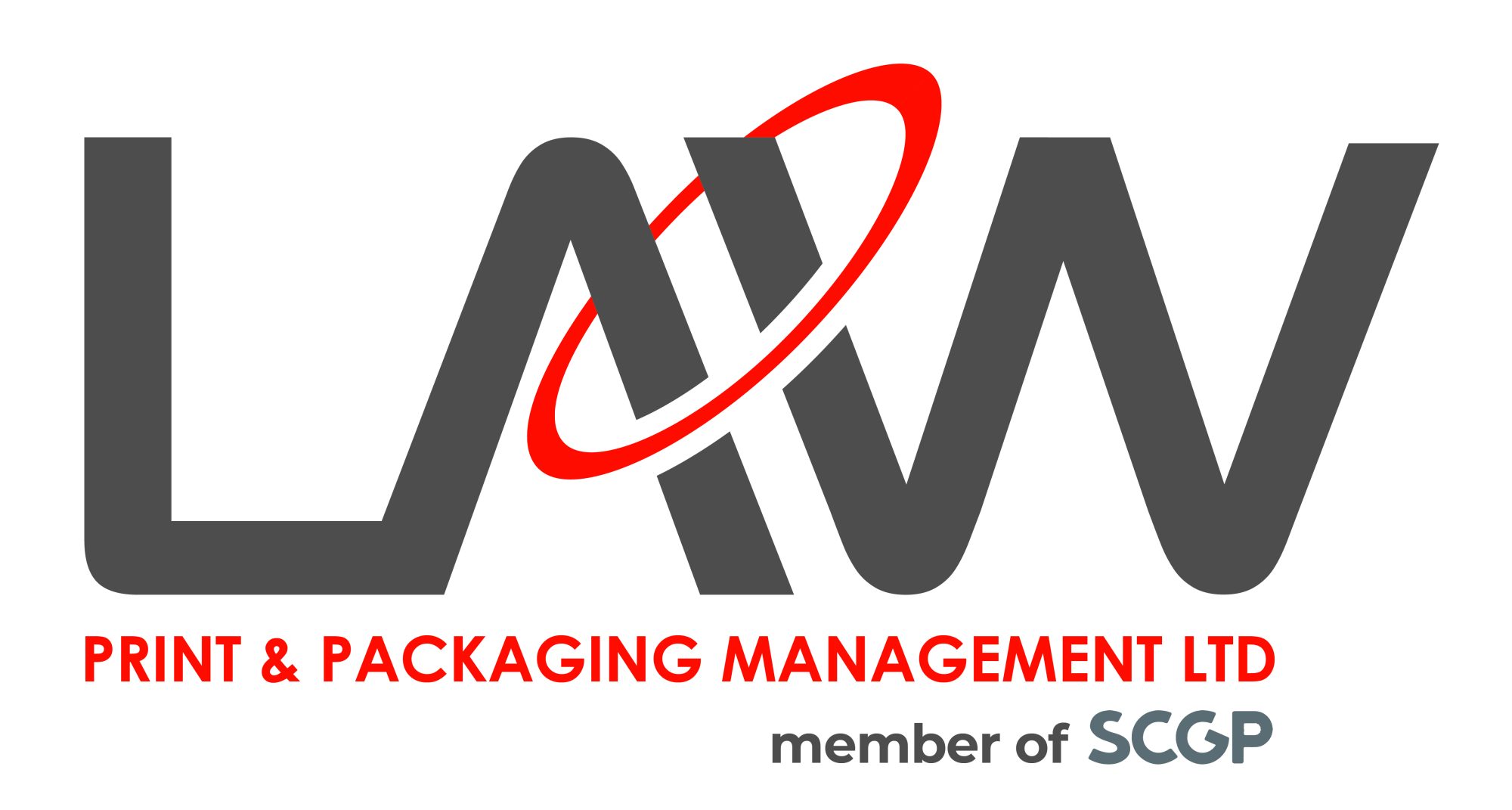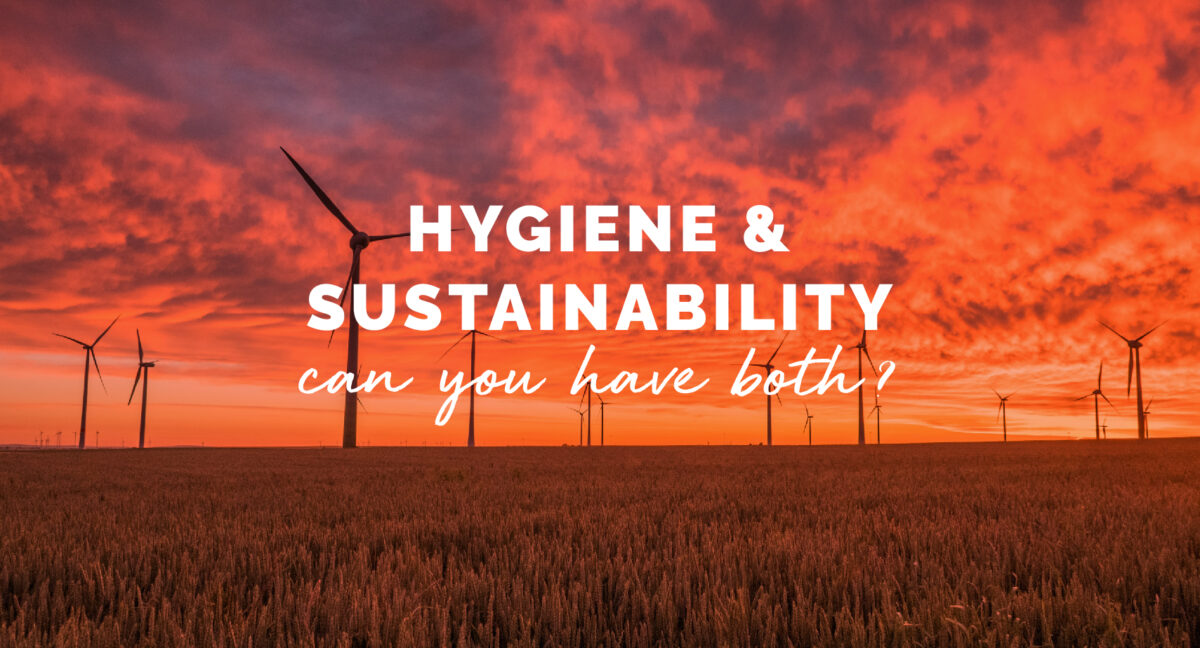The eCommerce industry has seen a massive pivot towards different attitudes towards packaging. Consumers want more transparency from businesses, leading to enormous engagement through design and innovation. A priority should be to ensure your customers know what your packaging is made from and how to dispose of it. Enter the current discussion on everyone’s list: how can we create packaging that promotes hygiene and provides sustainability?
Consumers want to see their old material used in new places such as recycled plastic bottles, or products made from bottle tops, for example. Park benches are also a prime example; usually made from recyclable plastic.
First popularised in the late ’80s, the notion of sustainable development was a response to the conflict between globalised economic growth and the accelerating ecological degradation occurring on a global scale.
Business sustainability, consisting of environmental, social, and economic pillars – the ‘triple bottom line’ – is an essential measure of the future viability of successful businesses. Plastic elimination garners the most attention, but innovation takes multiple forms.
Improved end of life outcomes through recyclable materials and better recycling foundations, carbon reduction emerging in brand reporting and on-pack claims, improved functionality reducing food wastage and the breakthrough or rather re-emergence of refill and re-use systems; these all have the potential to deliver significant long term changes in the products we buy.
Hygiene concerns are manifesting in different ways. What can we do to ease the anxieties of our customers?
People are inventive with their hygiene standards, and this insight was prevalent on social media during the lockdown. Images of customers accepting online deliveries then leaving the shopping outside in the rain for an hour, or washing packages in the bath and then making extra sure by wiping each item with an antibacterial wipe.
Before COVID-19, the extreme caution exhibited by some consumers would have seemed incredible; now these anecdotes are less astonishing as concerns around packaging, and surface transmission has become more widespread. The risk of (COVID-19) cross-contamination to food and food packaging is small. Food businesses should have a system by law for managing food safety, but this does not necessarily require staff to wear gloves when serving or to handle food. Why are customers so paranoid about their packaging containing remnants of the virus? Do their fears have scientific backing? Do we think that because plastic is terrible for the environment (when not disposed of correctly) that it is believed that it won’t be sanitary for us?
The key to calming the expectations of customers is educating them on how hygienic plastic is.
How hygienic can plastic packaging be?
People depend on plastic products and packaging to improve their quality of life in many different methods.
Plastics intensify health and wellbeing; improve access to safe, nutritious foods; and reduce environmental impact.
We rely on uncontaminated plastics to help safely give medicines. They also help provide lifesaving medical procedures while preventing the spread of infectious diseases.
Plastics also help keep food fresh, and for longer, helping to prevent waste, food poisoning, and illness.
Coronavirus (COVID-19) has had a profound and instantaneous impact on the lives of generations. These are people who have never known poverty or been subject to restrictions in freedom of movement. Government policy, combined with a public instinct for self-preservation, has introduced significant lifestyle changes alongside a more pronounced desire for hygiene. The potential era-defining recession may prompt a significant shift in our purchase behaviour.
As well as people’s concerns, retailers’ actions have also influenced behaviour: food retailers are closing fresh food counters, stores banning reusable bags, restaurants turning to single-use plastic utensils. A balanced context is, therefore, vital.
Consumers want the following: wholesome and natural products and packaging. 100% recyclable packaging. No additives or artificial ingredients.
How do you strike a balance between hygiene and sustainability in the middle of a pandemic?
In 2019, Tesco and Waitrose both made the news for the introduction of ‘packaging-free’ trials in a few stores, with shoppers able to bring their reusable receptacles to stock up on bare essentials, and even alcohol.
More than 1 in 3 (36%) in the UK said they knew of ‘stores trialling packaging-free’ initiatives’, and 61% said they would consider using them if they were accessible near where they live.
During the pandemic sales of products usually left loose, like fresh fruit and vegetables, cooked meats, and cheese have fallen. Even though their packaged equivalents increased sales, this is in part driven by supermarkets and stores, but also by consumers themselves. 20% have the understanding that they have ‘purchased products packaged using sanitary wrapping’.
If plastic packaging is associated with more excellent hygiene, will acceptance of it increase? This belief applies to both in enclosing and protecting products from contamination and greater ease of cleaning.
Scrubbington’s designed their packaging for maximum recycled content, material efficiency and recyclability. Their refill pouches in particular offer 78-82% water, energy and plastic savings vs a bottle. They’re the ideal example of both hygienic and sustainable packaging in practice.
For Law Print, it was fantastic to gain a first-time customer that shares the same values and commitment to hygiene and sustainability. We are proactively designing for optimisation, reducing material usage and investing in recyclable plastics, and it was rewarding to work with a company that’s doing the same.
With more consumers now actively seeking eco-friendly alternative, Scrubbington’s wanted to create a product that encouraged customers to re-use and refill their old bottles and ultimately recognised the value in opting for a lightweight, stand-up pouch to do this.
What is the purpose of plastic?
Packaging must protect and preserve. Plastic packaging performs this function exceptionally well and provides many other advantages for consumers, suppliers and society.
Resource-efficient: plastic packaging saves packaging mass, energy and greenhouse gas (GHG) emissions. Without it, we would use 2-3 times more resources.
Safe: plastic is shatter resistant, containers do not break when they are dropped or knocked over, this makes them particularly useful for particular environments, such as the bathroom, around children, at the pool, by the beach or on the go.
Hygienic: plastic keeps products free from contamination which is useful for medical packaging. This can then be filled and sealed hygienically without any human
intervention. (e.g. sterile syringes).
Lightweight: plastic packaging is lightweight and can take up less space than alternatives, which means lighter loads for planes and trucks and lower emissions.
Secure: plastic can be sealed shut or moulded into a safety mechanism (e.g. childproof locks on medication)
Durable: because plastic packaging is extremely durable, it can be thin, so it uses fewer resources and takes up less space for transport.
Versatile: Plastics can be blown, injected or thermomoulded and are then used to package pastes and sauces. A variety of decorative effects and colours are also available.
Recyclable: plastic packaging can be recycled many times to create new products, the rates of recycling and the number of different plastics that are recycled in the UK have been increasing.
What can I do to ensure my customers are keeping safe with my product? Is this possible whilst also being mindful of the environment?
Ready2Recycle packaging is sustainable and hygienic. By choosing BOPP, Flat Bottom, Quad Seal bags or Pouches made in the mono-material structure of PP/PP or PE/PE, you’re ensuring that the demand for 100% recyclable packaging creates itself within our communities.
At the moment, our local councils across the UK are not investing in enough technology to recycle these bags. Supermarkets currently have stations, enabling customers to drop off recyclable shopping bags. They’re also able to drop off different bags, such as some of our customer’s packaging, i.e. Symply, Yora and Scrubbingtons.
In the debate over how to solve the global plastics problem, many industry figures have repeatedly highlighted recycling as the lynchpin of packaging hygiene and sustainability moving forward. Still, not enough councils and government leaders are actively pushing. Will the COVID-19 situation change this?
The potential tension that the COVID-19 crisis has generated between sustainability, hygiene, and value is apparent. Many end-users around the world are going to be facing abrupt pressures on lower-order Maslow needs (health and disposable income), so sustainability is at risk of becoming lower on the list of people’s priorities.
Product and packaging development will need to cater to the demand for hygiene. Also, to consider is the immediate drop in budgets, as well as the long-term recognition for sustainability.
What should we be thinking about as we progress through the year?
Sustainable business practices remain relevant. Even in the height of COVID-19, as illustrated by people’s attitudes to health and the environment. In that context, companies which can continue to drive better environmental results in the face of reduced consumer reliance and increased sensitivity to hygiene have an opportunity to build themselves long-term custom and better chances of success.
The impending recession is already significantly impacting on consumers’ outlook on employment, their financial situation and their national economy.
Consumer confidence is a known lagging indicator that recovers slowly after an immediate crisis. These long-term effects threaten to make ‘value’ an overriding purchase decision factor for a significant period ahead.
An immediate indication of changing behaviour is a shift in spending towards store brands, hard discounters and online. For example, in the 12 weeks ending on 22nd March, discount supermarkets in the UK, Aldi and Iceland saw double-digit growth in sales year-on-year. Lidl saw a 17.6% rise on the same period in 2019.
To what extent are we going to find that sustainability concerns become cast aside? Will it be when consumers are face-to-face with these new economic realities?
For more information on how balancing hygiene and sustainability shouldn’t cause a headache, get in touch.
We’ve available via phone 8:30 am-5 pm or via email at info@lawprintpack.co.uk. We’re also on social media.
Want more exciting content like this? Sign up to our newsletter.




